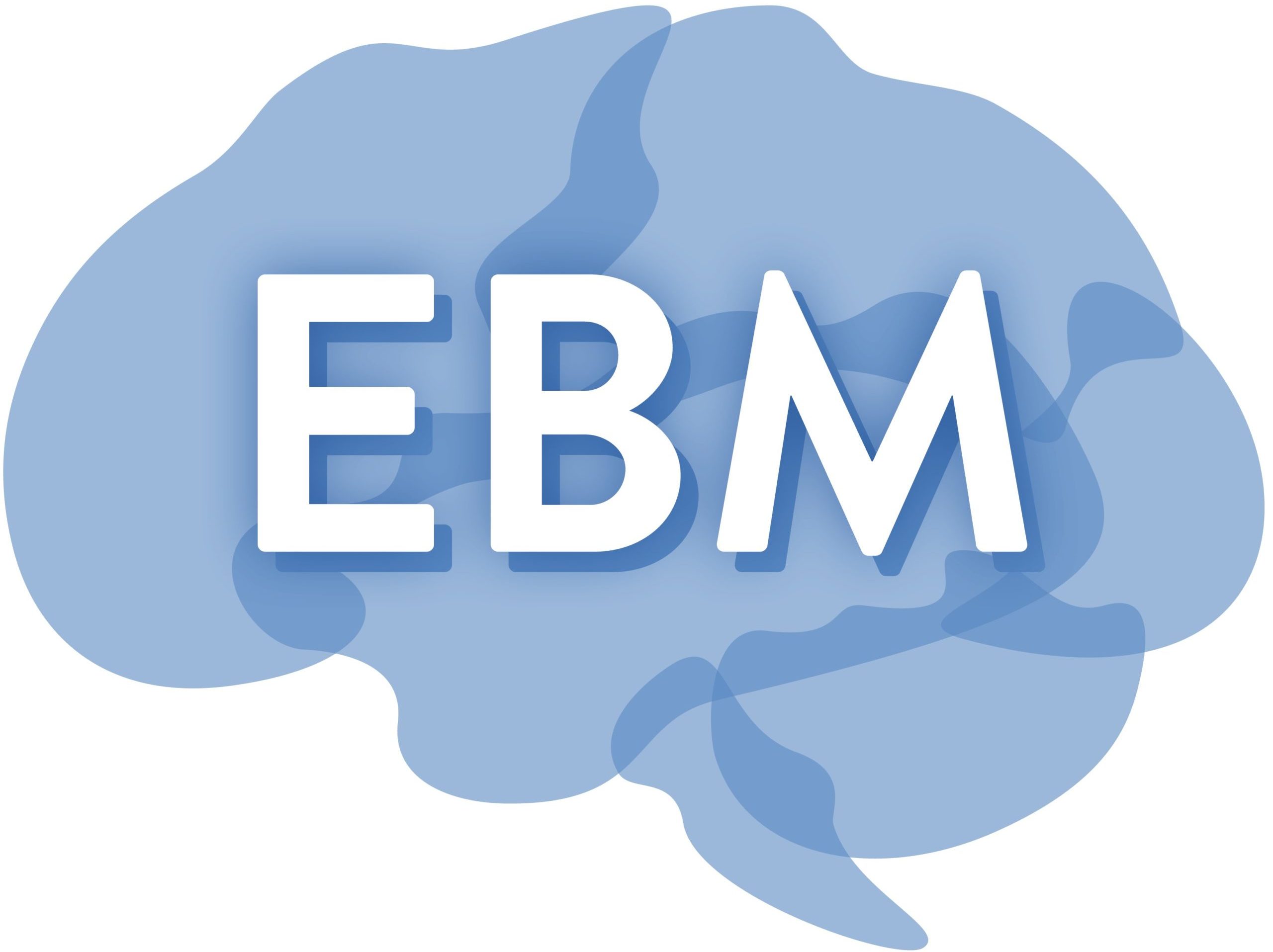B04: Spinal cord mechanics in a mouse model of multiple sclerosis
Multiple sclerosis (MS) is a chronic autoimmune disease of the central nervous system (CNS) with unclear aetiology. The disease typically starts with a relapsing-remitting phenotype (RRMS), which is mainly triggered by inflammation and the invasion of immune cells from the periphery, before most patients enter secondary progressive MS (SPMS) in the course of the disease. The time point for this transition is unpredictable and shows high interpatient variability. While the reasons for the transition also remain to be elucidated, there is the notion that the peripheral inflammatory response becomes secondary over time and is replaced by CNS-intrinsic mechanisms. Considering such CNS-intrinsic mechanisms, glia cells, in particular astrocytes, may play a crucial role by providing mechanical support to the CNS tissue. The involvement of mechanical forces in CNS-intrinsic disease-driving mechanisms in MS has hardly been addressed so far. In close interaction with projects B03 and B05, project B04 aims to understand how local mechanical properties of the CNS contribute to the pathology of MS. We will measure the evolution of mechanical properties of the spinal cord during the course of experimental autoimmune encephalomyelitis (EAE), which is the most common mouse model of MS. We will evaluate whether these mechanical changes are associated with disease onset and severity, and related to microglia activation, astrogliosis and nerve fiber pathology. In addition, we will focus on mechanosensation by astrocytes through the ion channel Piezo1 and assess the effects on spinal cord pathology when astrocytes lose their ability to respond to mechanical cues.
Project leader: Prof. Dr. med. Stefanie Kürten
Positions: 1 postdoctoral researcher
